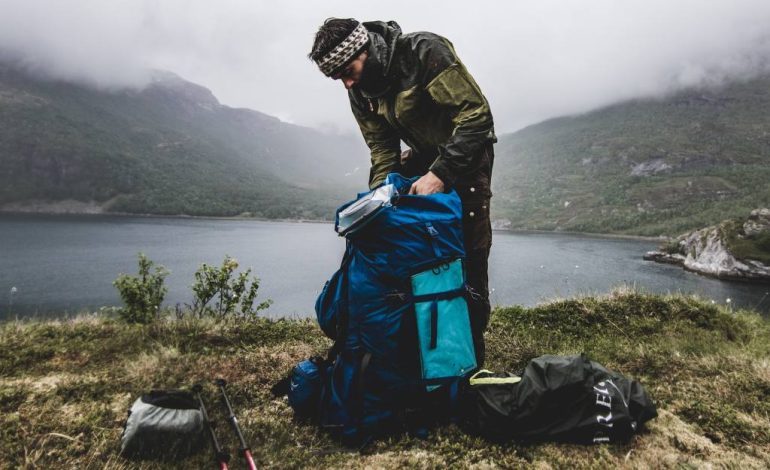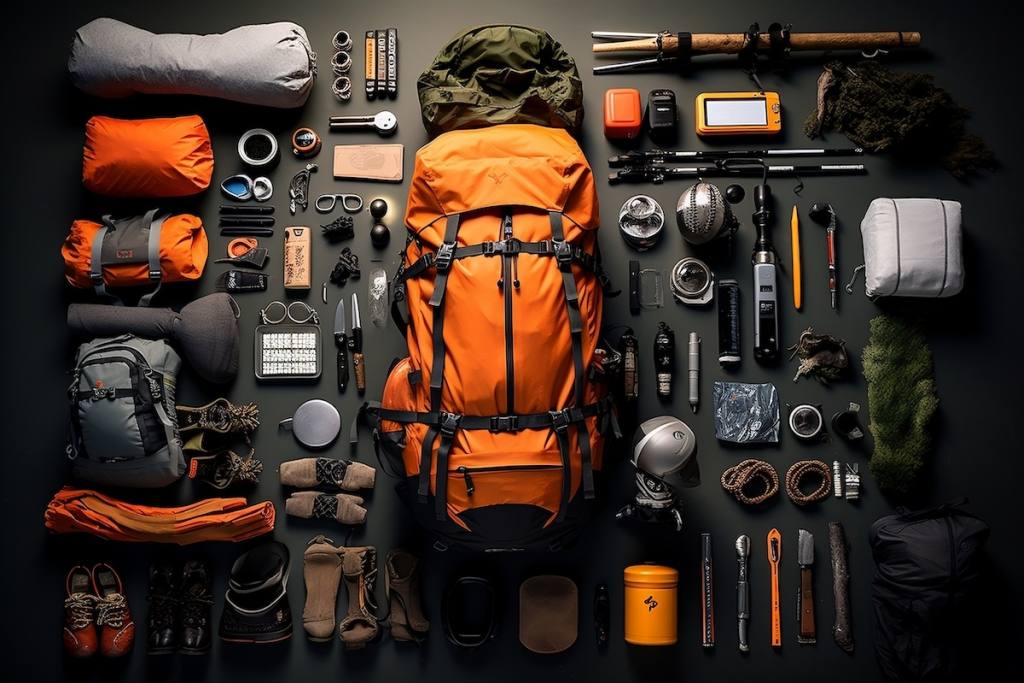Essential Hiking and Outdoor Gear

Embarking on an outdoor adventure requires more than just enthusiasm and a trail map. Proper preparation, particularly when it comes to gear, is crucial for ensuring safety, comfort, and an enjoyable experience in nature. From protecting yourself against the elements to navigating challenging terrains, the right equipment can make all the difference. This guide explores the essential hiking and outdoor gear every adventurer should consider before hitting the trail.
Footwear: The Foundation of a Good Hike
Footwear is arguably the most critical piece of gear for any hiker. The right pair of hiking boots or shoes offers support, traction, and protection, enabling you to traverse rugged landscapes without injury. It’s important to choose footwear based on the type of terrain you’ll encounter. For rocky or uneven trails, boots with a sturdy sole and ankle support are ideal, while lighter, breathable shoes may suffice for well-maintained paths. Additionally, moisture-wicking socks are essential to prevent blisters and keep your feet dry. Many outdoor enthusiasts recommend trying on footwear later in the day when your feet are slightly swollen to ensure the best fit.
Clothing Layers: Adapting to the Elements
Weather conditions in the outdoors can change rapidly, making it vital to dress in layers that can be easily added or removed. A good layering system consists of a moisture-wicking base layer, an insulating middle layer, and a waterproof outer layer. The base layer is designed to keep sweat away from your skin, while the insulating layer, often made of fleece or down, retains body heat. The outer layer, typically a waterproof jacket, protects against rain, wind, and snow. Don’t forget accessories such as hats, gloves, and gaiters, which provide additional protection and warmth. Websites dedicated to outdoor gear can be invaluable resources for finding high-quality clothing designed for various weather conditions.

Navigation Tools: Finding Your Way
Even in the age of GPS, traditional navigation tools remain indispensable. A topographic map and a reliable compass are must-haves for any hiker, especially in remote areas where technology might fail. Learning to read a map and use a compass is a skill that can prevent getting lost and ensure you reach your destination safely. Additionally, carrying a GPS device or a smartphone with offline maps can offer an extra layer of security. It’s also wise to pack a whistle and a mirror for signaling in case of an emergency.
Backpack and Hydration: Carrying Essentials
A well-fitted backpack is crucial for carrying all your gear comfortably. When selecting a backpack, consider the length of your hike and the amount of gear you’ll need to bring. Daypacks are suitable for short hikes, while larger, more robust backpacks are necessary for multi-day treks. Look for features like padded straps, a ventilated back panel, and easy-access compartments. Hydration is another critical aspect of any hike. Many backpacks now come with built-in hydration systems, such as water reservoirs with drinking tubes, which allow you to stay hydrated without stopping. Alternatively, durable water bottles or collapsible containers are also good options. For longer hikes, consider packing a water filter or purification tablets to ensure a safe drinking supply.
Conclusion
Preparation is the key to a successful and enjoyable hiking experience. By investing in the right gear—whether it’s sturdy footwear, weather-appropriate clothing, reliable navigation tools, or a comfortable backpack—you’ll be well-equipped to handle whatever the trail throws your way. As outdoor enthusiasts often say, “There’s no such thing as bad weather, only inappropriate clothing and gear.” So before your next adventure, take the time to assess your equipment, plan for the unexpected, and make sure you’re ready to explore the great outdoors with confidence.






